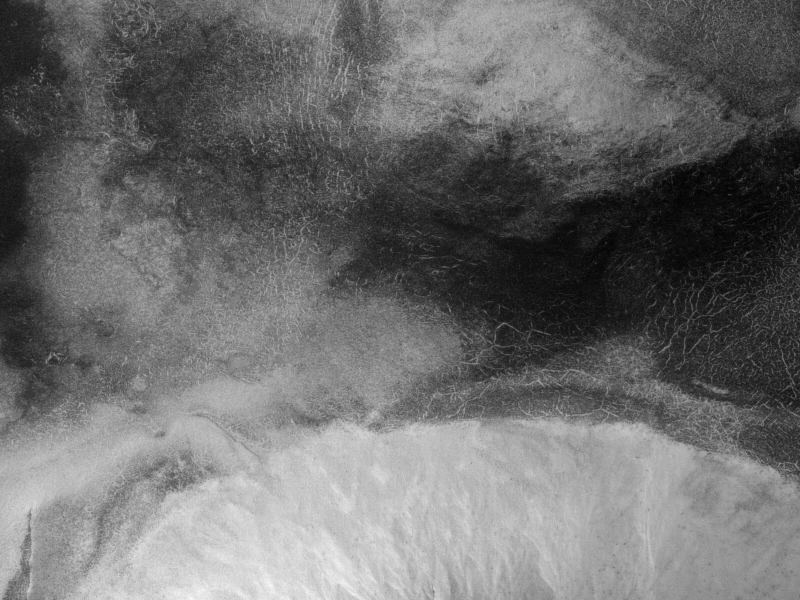Orbital mechanics briefly
In this post we will take a brief look at the orbital mechanics and orbit determination.
 Orbital mechanics and orbit determination is a set of techniques and, procedures and variables, which we use to estimate the orbits of the objects like satellites, planets, spacecrafts, etc.
Orbital mechanics and orbit determination is a set of techniques and, procedures and variables, which we use to estimate the orbits of the objects like satellites, planets, spacecrafts, etc.
For estimating the orbit of object, we need to use the set of observations. These observations provide us the raw data and these are input parameters into the determination algorithm.
Observations data are the following (for ground based user):
- azimuth
- elevation
- range
After we have these raw data, we can simply predict the object’s position in a given time in near future.
Methods to measure the data
It is important to mention, that it is necessary to take into account that the apparent celestial motion of the body is influenced by the observer’s own motion. It means, when for example an observer on Earth is tracking an object in space, the observer must count also with his own motion in space, because Earth is moving (orbiting the Sun). Observer must account also his own latitude and longitude which describes his own position on Earth. Because for all other observers, these are different.
We know some methods for measuring the data mentioned above. For example “Lambert’s method” or “Gauss method“.
It is important to mention, that there are also errors in measured data. These are caused by perturbations.
Do you want to learn more about the orbital mechanics? I recommend you this book: Orbital Mechanics for Engineering Students, Third Edition (Aerospace Engineering)









